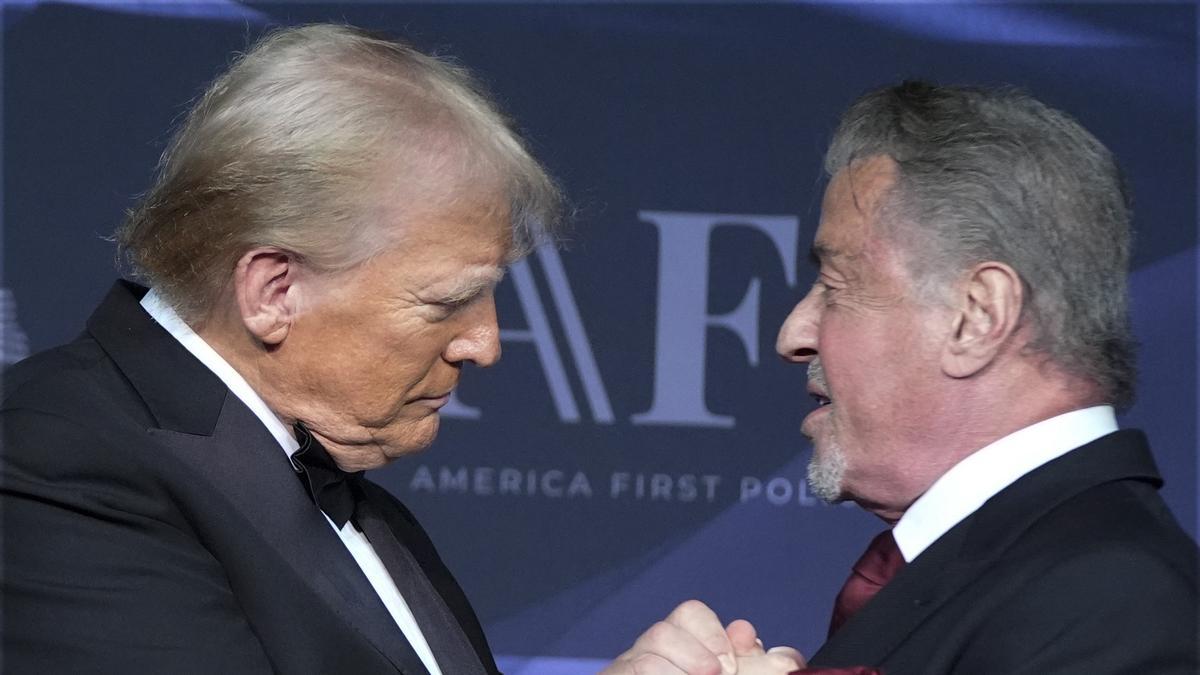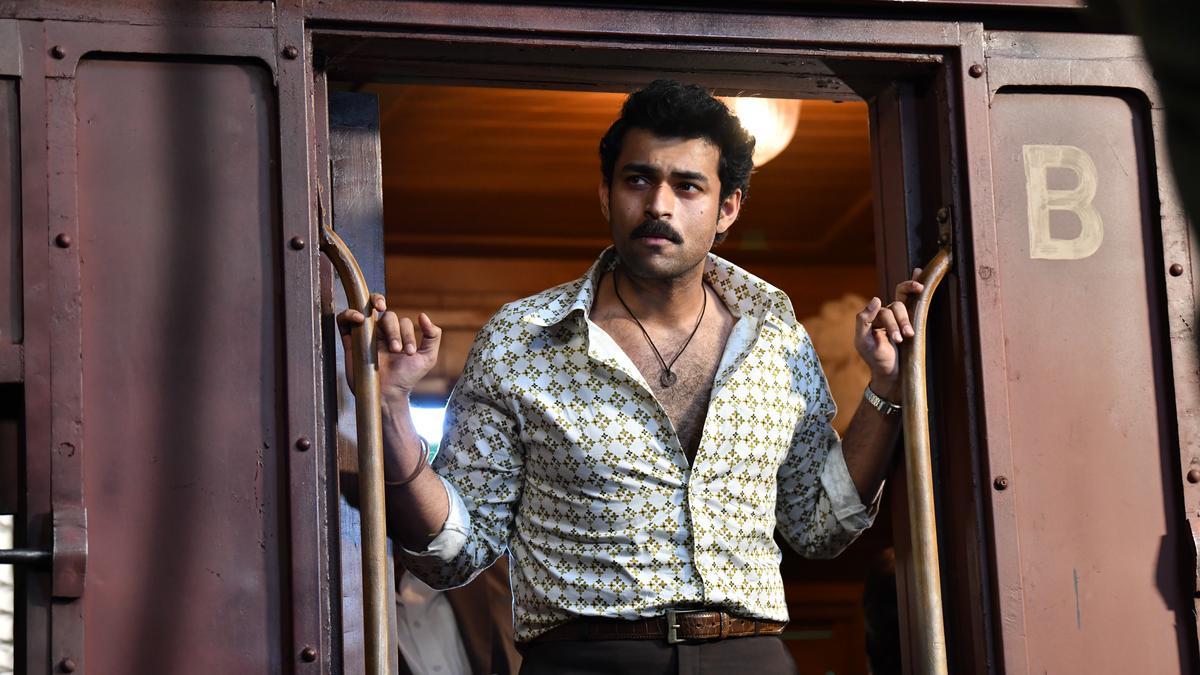
In a significant development, FIFA has ushered in a set of interim transfer regulations designed to support players transitioning between clubs and to facilitate their participation in the upcoming Club World Cup. The tournament, slated to take place in the United States in June and July, is set to welcome 32 teams, marking a major expansion and relaunch of the event. These changes by FIFA, made public this Thursday, aim to provide a seamless transition for players whose contracts reach maturity at the end of June.
Central to FIFA’s new strategy is the approval by its council of interim transfer market rules, which grant member federations the leeway to open an exclusive transfer window from June 1 to 10. This exceptional measure paves the way for a flexible recruitment strategy, allowing clubs to bolster their squads in preparation for the prestigious competition. For players nearing the end of their contracts—set to expire on June 30—this decision provides an opportunity to sign early as free agents with one of the teams that have qualified for the tournament.
The innovative interim transfer window serves a dual purpose. It not only allows clubs to strategically secure talent that would otherwise be inaccessible until the opening of the traditional summer transfer window but also enables players to seamlessly integrate into their new teams well ahead of the official contract expiration in July. This period of transition ensures that players can represent their prospective clubs proactively, contributing to team synergy and readiness for the high-stakes matches that lie ahead.
A critical aspect of this alteration is its technical nuance: the tournament is considered an extension of the current season rather than the commencement of a new one. This distinction is key, as it allows the players to participate under the new club’s colors while still officially under their previous contract terms. The implications of such a move are broad, potentially setting a precedent for future adjustments in the traditional transfer marketplace.
FIFA’s approach is not without its considerations for the broader football ecosystem. The interim rules are contingent on mutual agreements between clubs, emphasizing collaborative arrangements that respect existing contractual obligations.
. Moreover, member federations are not mandated to adopt these new guidelines, underscoring FIFA’s understanding of the diverse domestic structures and schedules that characterize global football.
The decision is expected to garner a variety of responses from clubs, players, and fans alike. Clubs, particularly those eyeing a competitive edge in the revamped tournament, may view this as an opportunity to align their rosters with strategic ambitions. For players, especially those on the cusp of free agency, the chance to secure a new contract with a participating club is an attractive proposition, facilitating both continuity and advancement in their professional careers.
Meanwhile, the move signifies FIFA’s proactive stance in adapting to the evolving demands of modern football. By implementing these measures, the organization demonstrates a commitment to not only protecting player interests but also enhancing the overall spectacle of international club competitions. The Club World Cup stands to benefit from this dynamism, offering fans a glimpse of the sustained quality and vigor anticipated from a globally diverse lineup.
As the football community absorbs these developments, the broader implications on the sport’s transfer landscape remain to be seen. While this initiative is specifically tailored to the Club World Cup, its potential ripple effects—should they prove successful—could influence future frameworks in world football. For now, clubs, players, and federations are tasked with navigating this novel environment, balancing ambition with the responsibilities inherent in such mid-season adjustments.
FIFA’s interim transfer rules represent a shift towards a more responsive and dynamic management of the global football calendar. By providing such flexibility, FIFA sets the stage for a Club World Cup filled with anticipation and competitive fervor, underscoring its status as a cornerstone event in the international football arena. As federations deliberate on their approach to these new regulations, the football world waits in anticipation of the narratives and strategies that will emerge in this unprecedented chapter of club football.










